Tuesday 4th August 2020: We are at the Visitor’s Centre at 9 to book our Twilight Industry Tour and serving us again is Cheryl who did our Seafarers Tour yesterday – she is American, been in Aus 15 years and in Hedland for 6 – she is bright and bubbly. We choose our coffee stop because of its free WiFi as Marg needs to do some uploading of photos and a very talkative couple that we met yesterday find us again. Had a couple of family phone calls – nice! Took a drive past the Cook Point Caravan Park (now called Discovery) and thought how nice it would have been to be there with the beach nearby. Then to Pretty Point with the tide in and a walk along the beach. Bit of down time before our tour at 4.45. Stairway to the Moon is tonight, so we are hoping our bus driver can show us this.
Our tour driver and director for the Twilight Industry Tour is Phil. The tour promises to show us the world’s largest bulk export port from the outside looking in. On this 1½ hour tour we learn about the history of the Port - early history was pastoral and pearls. Port Hedland was bombed 3 times during WW11 and the Govt put an embargo on iron ore, thinking the Japanese were using it to make the bombs. This was lifted in the 1960’s and that’s where the real story begins. We travel past the solar salt fields and salt dumps which produce industrial salt, the scrap metal dumps, then over the ‘causeway’ to Finucane Island, BHP’s second site with 4 berths from where the underwater tunnel and conveyor belt go to the other side of the harbour to their 4 other berths.
Forty four trains a day, up to 3km long come into the port each day and also 300 road trains from mines that aren’t near the rail line. 260 cars per train, firstly to the car dumping sheds – 2 cars at a time onto the platform, then clamped, turned over and dump into the pit. Train is shunted forward for the next 2 cars. It takes 30 seconds each dump. Conveyor belt takes it to be screened and then the ‘stacker’ makes the stock pile to the exact amount for a pacific sized ship. All this process is done remotely from an office in Perth. There’s 2600 km of rail, the furtherest mine is 450 k’s. The channel goes out 22 km and there can be 50 ships at a time waiting at anchorage. Four tugs per ship are required as they come in with a tide giving them just 25cm leeway. BHP has two berths with vacuum suckers which latch on and go up and down with the tide – all other berths use ropes. The Port works 24 hours per day, the only difference being the lights are on and we see this, as we leave – it looks like a city lit up. $50b exported in 12 months – makes ‘riding on the sheep’s back’ a thing of the past. As the sun sets we stop and have a complimentary drink as the sun goes down over the sea and Phil shows us samples of what is exported. Copper Sulphate is worth $7000 per tonne and lithium is certainly big up here. A video of the workings as we make our way back to base. A fantastic tour, but oh so much information.

 Port Hedland, Western Australia, Australia
Port Hedland, Western Australia, Australia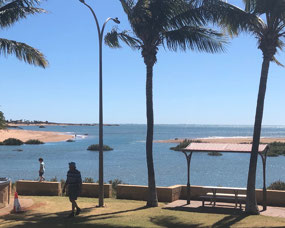
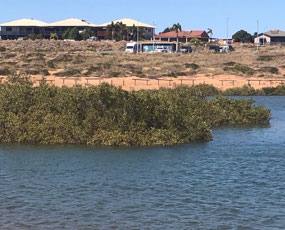
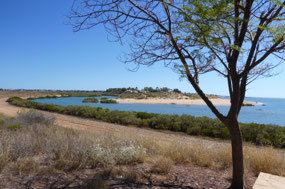
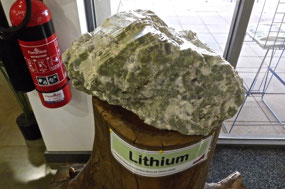
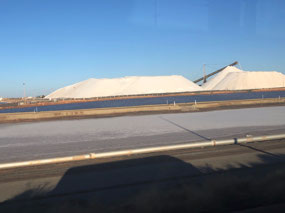
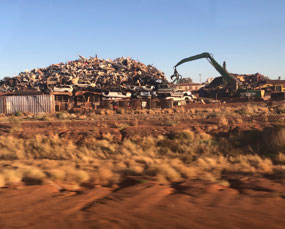
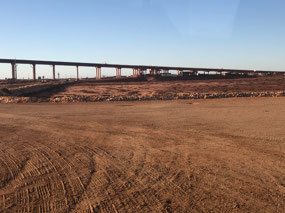
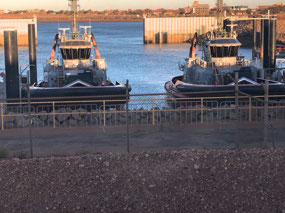
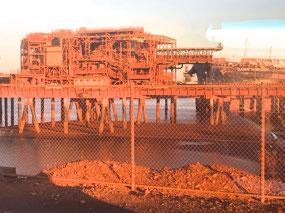
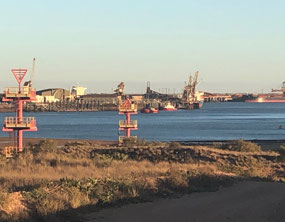

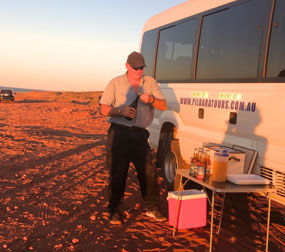
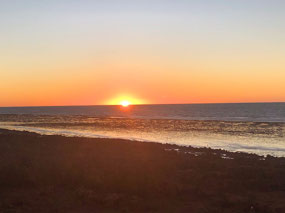
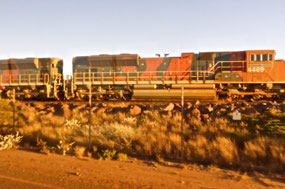
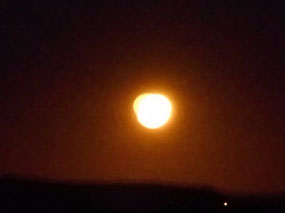


2025-05-22